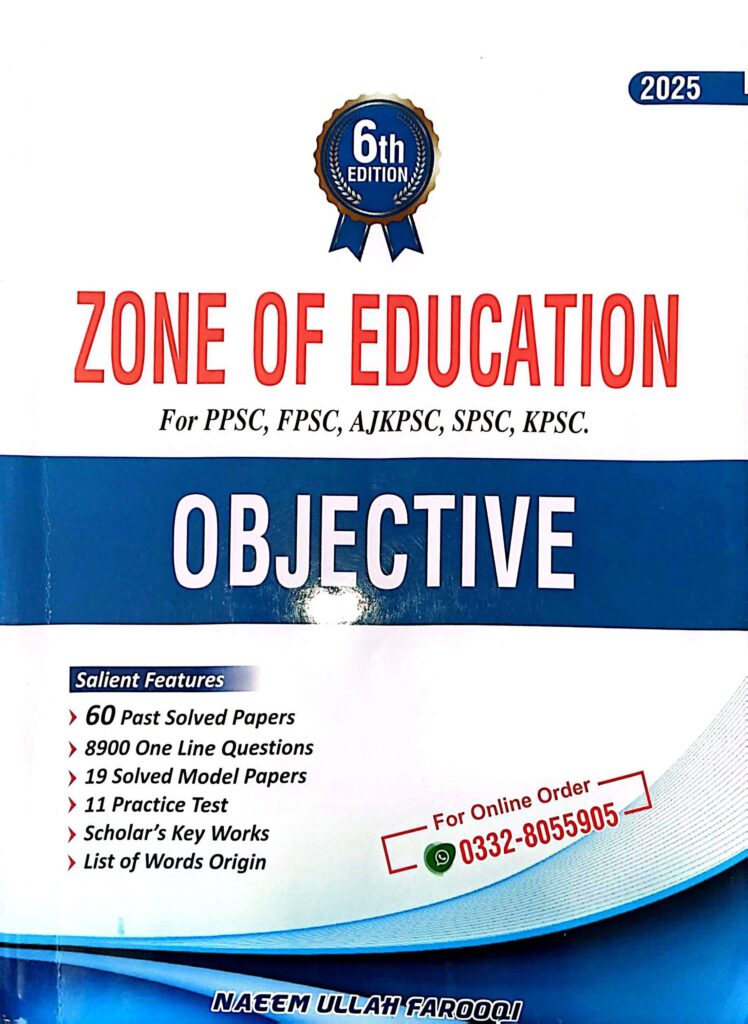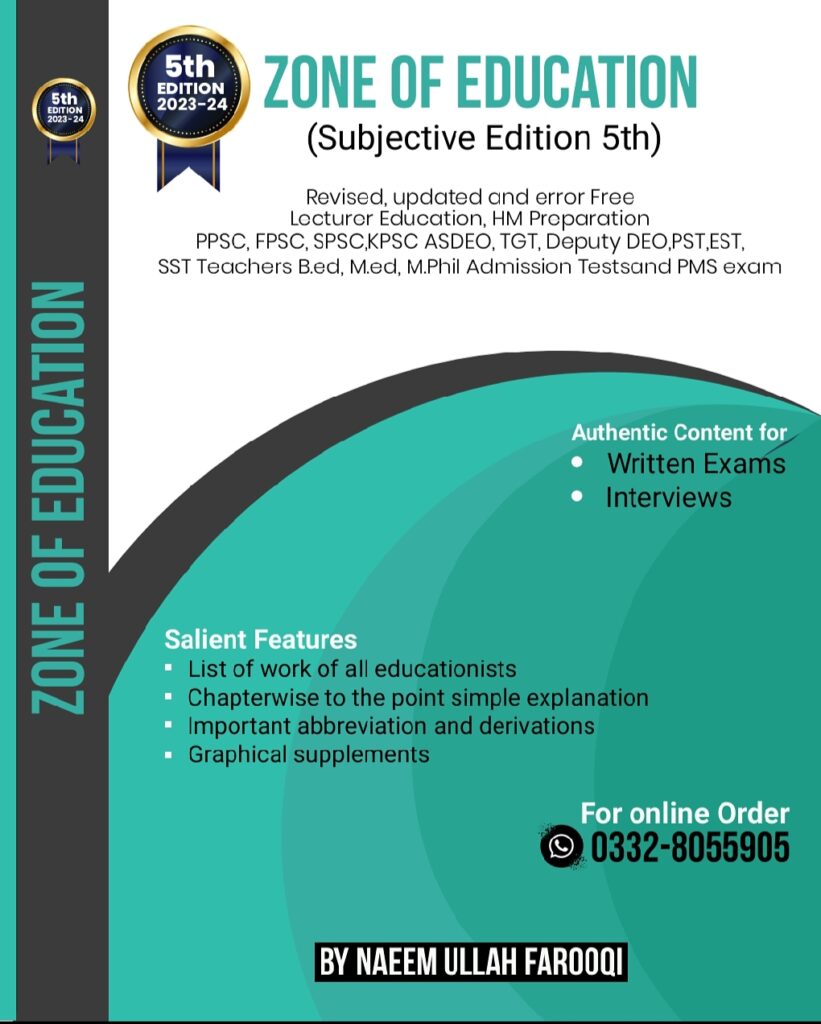Which of the following aspects of individual development is most clearly defined by heredity?
· (a) The direction
· (b) The limits
· (c) The level
· (d) The rate
17. Which of the following is not characteristic of maturation?
· (a) Directional tendencies
· (b) Uniformity of sequence
· (c) Increasing specificity of behavior
· (d) Uniformity in rate
18. In which of the following areas are sex differences around age 11 greatest?
· (a) Physical strength
· (b) Fine muscular coordination
· (c) Personality development
· (d) Height and weight
19. The concept of readiness of the learner is of fundamental importance to the teachers of:
· (a) K.G. Class primarily
· (b) Grade 1
· (c) Any new activity
· (d) Children with academic difficulties
20. The average age at which adolescents reach adult height is:
· (a) 16 for boys, 14 for girls
· (b) 16 for both boys and girls
· (c) 16 for girls, 18 for boys
· (d) 18 for girls, 16 for boys
22. Who said this: “Emotion is an acute stimulator of the individual as a whole, psychological in origin, involving behavior, conscious experience, and visceral functioning”?
· (a) W. McDougall
· (b) P.T. Young
· (c) Mr. Latin
· (d) None of the above
23. Emotional experiences are:
· (a) Objective
· (b) Subjective
· (c) Impersonal
· (d) Not Known
24. Emotions rise abruptly but die:
· (a) Suddenly
· (b) Slowly
· (c) Quickly
· (d) Never
25. Which is the master emotion?
· (a) Happiness
· (b) Worry
· (c) Fear
· (d) Anger
26. Fear is the flight from any dangerous situation for self:
· (a) Protection
· (b) Destruction
· (c) Detection
· (d) Retardation
27. If a child is afraid of school, he becomes:
· (a) Punctual
· (b) Regular
· (c) Obedient
· (d) Truant
28. Jealousy is an outgrowth of:
· (a) Love
· (b) Fear
· (c) Anger
· (d) Shyness
29. Which is the age in which a child laughs less and smiles more, i.e., he has learned to control his emotions?
· (a) Babyhood
· (b) Early Childhood
· (c) Later Childhood
· (d) Adolescence
30. Moods are formed during:
· (a) Adolescence
· (b) Infancy
· (c) Adulthood
· (d) Childhood
31. Moods are different from emotions in that moods are:
· (a) Milder and short-lived
· (b) More vague in nature and generally cover a wider area of behavior
· (c) More intense and live longer
· (d) Negative in nature
32. The period of heightened emotionality, elation and depression, formulation of moods and sentiments is known as:
· (a) Old age
· (b) Early Childhood
· (c) Adolescence
· (d) Babyhood
33. The overprotected child will tend to display:
· (a) Aggressiveness
· (b) Immaturity
· (c) Defensiveness
· (d) Negativism
34. A teacher confronted with frequent emotional outbursts on the part of a pupil should:
· (a) Consider the suitability of demands made upon them
· (b) Allow them to release tensions in this way
· (c) Let them express this outside the class
· (d) None of the above
35. “Emotions are the backbone of all development”. Do you agree?
· (a) Yes
· (b) No
· (c) Can’t say
· (d) Not sure
SOCIAL DEVELOPMENT
1.Socialization is a/an:
· (a) Automatic process
· (b) Deliberate process
· (c) Unconscious process
· (d) Natural process
2. Which factors influence Socialisation?
· (a) Language
· (b) Family
· (c) Play group
· (d) All of the above
3. Socio-economic condition is an important factor in socialisation:
· (a) Yes
· (b) No
· (c) Not essentially true
· (d) Don’t know
4. “The job of the school is not merely to teach but to socialise.” How?
· (a) Through Friends
· (b) Through Library
· (c) Through games
· (d) None of the above
5. Children indulge in parallel play up to how many years of age?
· (a) 2 years
· (b) 3 years
· (c) 5 years
· (d) 10 years
6. The most common model that a child selects is:
· (a) The school
· (b) The temple
· (c) A person who approximates child’s self-ideal
· (d) The person who provides him with greatest need satisfaction
Ø
Ø
Ø The most fundamental agency in lines of children= The home
Ø Social development and socialization are same things= Agree
Ø Congestive structure feeling were given by= Piaget
Ø Attitudinal changes are called socializational changes
9. Socialisation means:
· (a) Give and take
· (c) Sharing Joys and Toys
· (b) Sharing Joys and Sorrows
· (d) All of the above
JOIN ZONE OF EDUCATIONPK!
Discover the most comprehensive and reliable pedagogy resources in Pakistan, curated for competitive exam success. Our content covers all competitive exam MCQs, including PPSC, FPSC, AJKPSC, SPSC, and more. Designed to empower learners with top-notch material and insights, trust us for your preparation journey!


